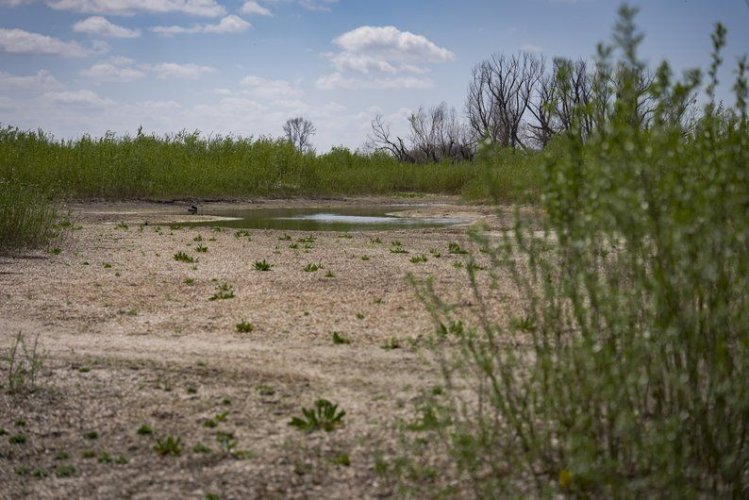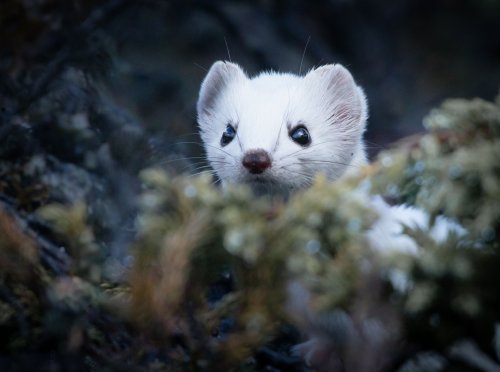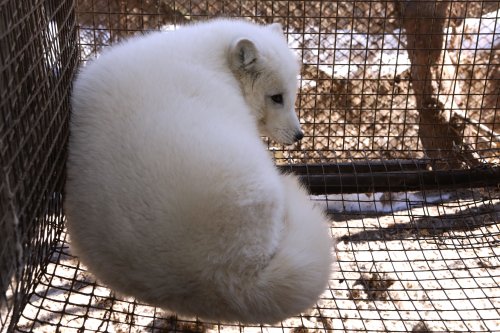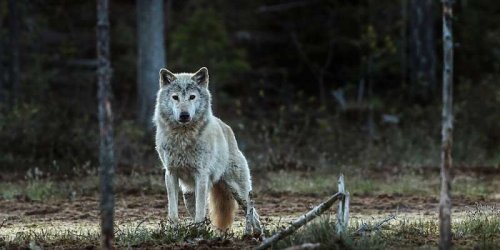The natural ecosystem of the Velykyi Luh is being restored on the site of the former Kakhovka Reservoir: young forests are growing and are being inhabited by a variety of animals and birds.
Vadym Maniuk, an ecologist, PhD in biology from Dnipro, told Suspilne about this.
After the explosion of the Kakhovka hydroelectric power plant in June 2023 and the devastation of the Kakhovka reservoir, lands that had been flooded for decades came to the surface. This is the territory of the former Velykyi Luh, a historic steppe area that was famous for its unique ecosystem with rich floodplains, marshes, and meadows before Soviet reclamation.
Scientists are recording how this area is changing. Vadym Maniuk showed and talked about the signs of natural recovery. Dozens of plant species have appeared in the floodplains that were previously completely flooded, the process of forming new natural environments has begun, and wild animals and birds are even returning. In particular, the ecologist drew the journalists' attention to the tracks of wild boars.
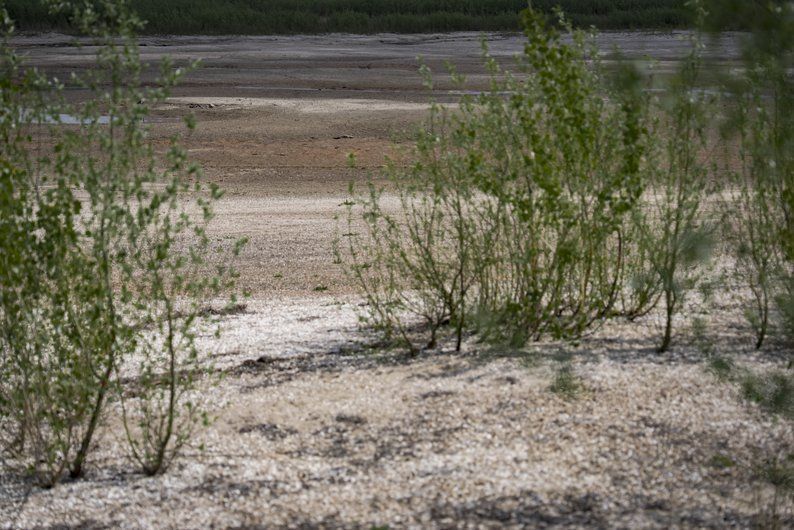
Photo: Suspilne Dnipro/Yurii Tynnyi.
In addition to mammals, birds have inhabited the area that was once a reservoir. For example, you can see diving boobies and martins.
Young trees, such as willows and poplars, are already growing in certain areas of the former reservoir bottom. In order to survive, they actively bush from the base of the trunk. Such processes are a characteristic feature of natural floodplain restoration.
But there are also difficulties. In many areas where the land has become dry again, cracks have formed – the remnants of a muddy bottom compacted by water for decades. In such conditions, it is harder for vegetation to break through. Also, in some areas, it is harder for plants to gain a foothold due to constant fluctuations in the water level.
“The water level here is constantly fluctuating. And as soon as it rains or more, for example, after winter, this system is flooded with water, then drained again. It's a pulsating regime. Therefore, the vegetation does not have time to gain a foothold here. And here all the reservoirs will flow into the Dnipro and dry out gradually,” the scientist explained.
He immediately noted that this is a normal situation for floodplains.
In addition, rusty spots can be seen along the edge of the current bank. According to the ecologist, this may be an indication that iron dissolved in water is seeping to the surface from the groundwater.
At the same time, there is another problem: the spring drought. In 2025, there was much less water in the lower reaches of the Dnipro than usual. As Vadym Manyuk explained, this could be a critical factor for the future of the ecosystem. The floodplains are used to constant water exchange, and when there is not enough of it, the natural mosaic of reservoirs and channels does not have time to recover.
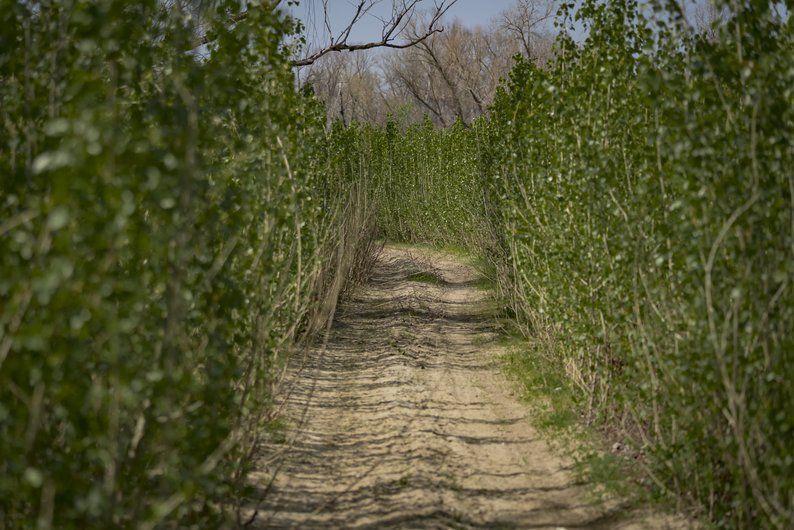
Photo: Suspilne Dnipro/Yurii Tynnyi.
Despite this, experts are optimistic. The ecologist emphasized that the ecosystem of Velykyi Luh is flexible and able to adapt to changes. Given time, the biocenoses typical for this area will reappear here, with numerous waterfowl, fish, amphibians, as well as floodplain forests, meadows, and reed beds.
Vadym Manyuk reminds us that before the flooding, these lands were an important center of the natural and cultural landscape. They had not only ecological but also historical value, because it was here that the lands of the Zaporozhian Sich were located. Today, there is a chance to give this area a new life – not through engineering regulation, but through nature, which is able to restore itself on its own if left unchecked.
“It will be a mosaic system. We need to support the meadows. Because there are a lot of rare and interesting species here, an integral part of our natural biodiversity. For such systems, I would like to see wild horses come here, perhaps. They would form these meadow landscapes,” says the ecologist.
At the end of last year, EcoPolitics reported that in 94% of soil samples from the bottom of the former Kakhovka reservoir, researchers found exceeding the maximum permissible concentrations of heavy metals, including arsenic, lead, strontium, and zinc.

